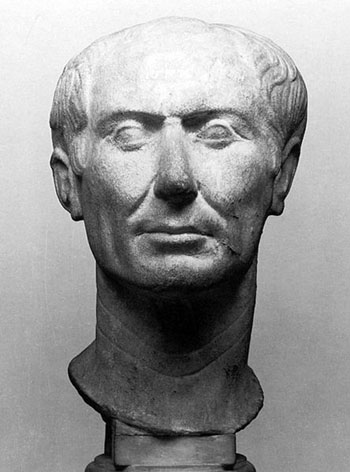Understanding Julian Calendars and Gregorian Calendars in Genealogy
| Tweet |
|
We use calendars to keep track of time. They have been used throughout human history to record periods or events longer than a day. For example, farmers use calendars based on the seasonal cycle of the sun to determine the correct time for the planting and harvesting of crops. Religious observances are often derived from calendars that follow the lunar cycle. Calendars continue to be used for these purposes, as well as to regulate civil life, commerce and scientific endeavours. It is important for anyone studying genealogy and family history to understand calendars.
The Gregorian calendar is the formal name for the calendar used today. Other calendars, however, are still in use in some parts of the world. These include the Jewish calendar, the Islamic calendar and the Chinese calendar. All these calendars share one common trait. They are based on either the annual cycle of the sun, the phases of the moon, or a combination of the two. The Gregorian calendar, for example, is a combination of the annual cycle of the sun (to determine the length of the year) and the cycles of the moon (the word ‘month’ is derived from the word moon).
Calendars play an important role in genealogy. Genealogists researching family histories before 1752 must have an understanding of the current Gregorian calendar and its predecessor, the Julian calendar in order to correctly interpret old dates. To understand why, a bit of history is required.

Julian Calendar
The Julian calendar was implemented by the Romans in 46 B.C. under the guidance of Julius Caesar. Julius Caesar wanted a more accurate calendar for sowing and harvesting crops. At the time, the Roman Empire was primarily agricultural. Although the exact origins are not known, the Julian calendar was almost certainly derived in part from ancient Babylonian calendars, with additions from several other cultures. For example, the division of hours into 60 minutes and minutes into 60 seconds comes from the Mesopotamians, the division of the day into 24 hours comes from ancient Egyptian calendars and the division of the week into 7 days comes from the Jewish calendar.

